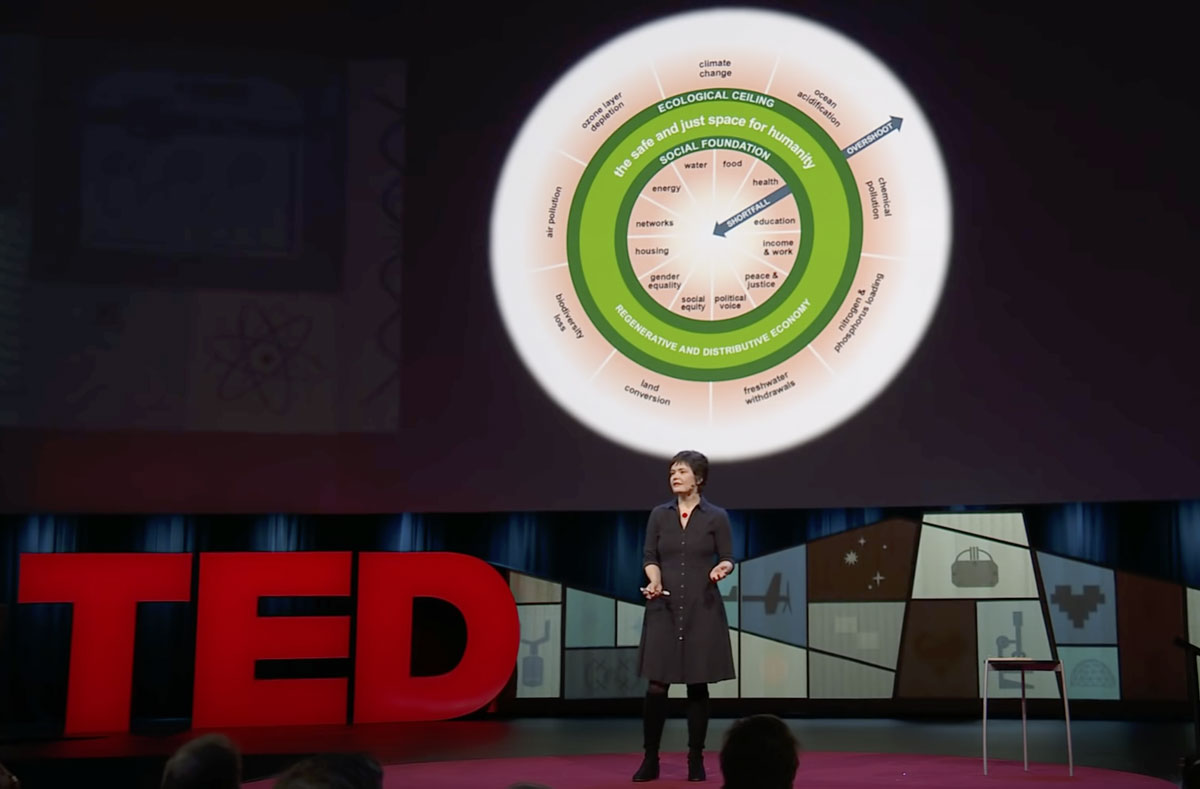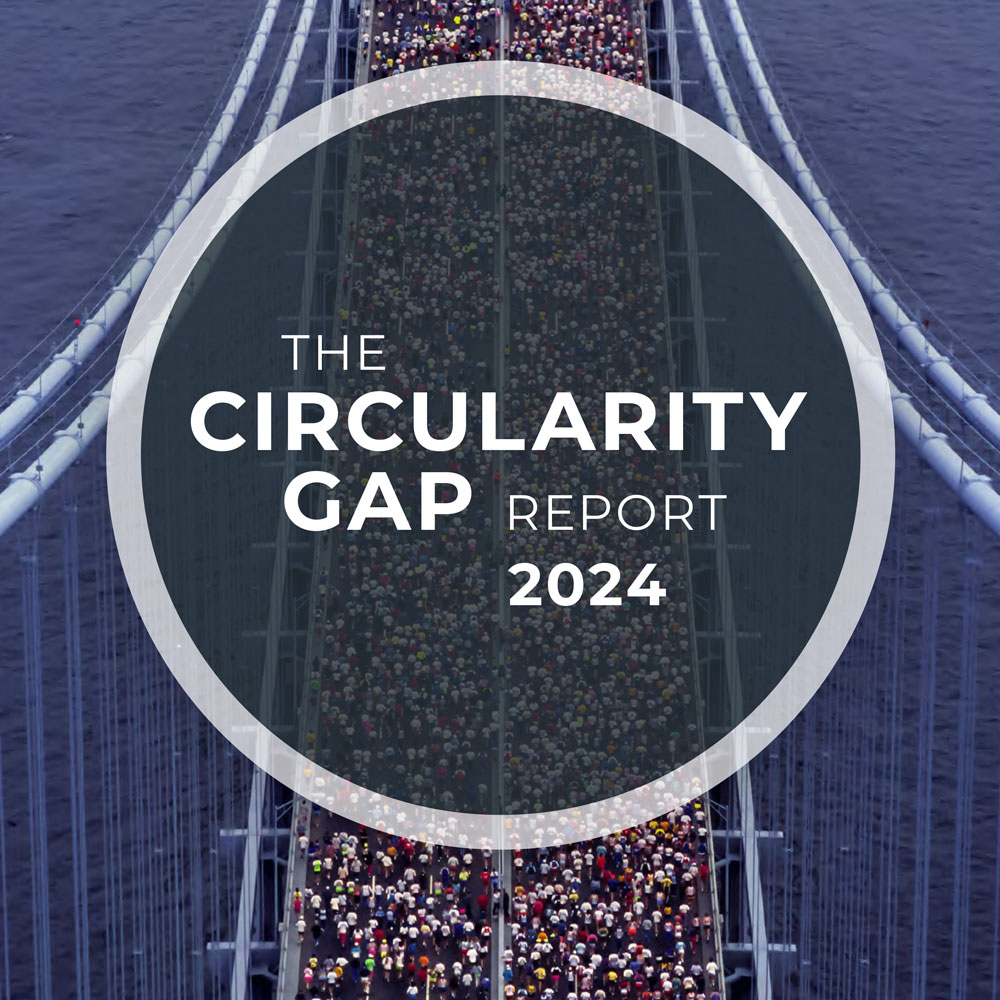Doughnut Economics
SECA Gathering 2025 • Circular Economy Workshop Notes
Please note you might have to download the pages to ensure the quick-links work
Please explore the additional information below.
What is a Circular Economy?
A Circular Economy is a model of production and consumption which involves reducing, reusing, repairing, refurbishing and recycling existing materials and products for as long as possible. In this way, the life cycle of products is extended which results in reducing waste and carbon footprint to a minimum.
The Circular Economy revolves around one basic truth: we cannot continue using up the Earth’s resources as we do now. A stark reminder of this is Earth Overshoot Day, marking the day when humanity’s demands exceed what Earth can regenerate in that year. In 1970 it was in December. In 2022 it was July 28. Every single thing we consume eats into irreplaceable resources.
Businesses and communities must change their thinking and reuse, repair, refurbish and recycle existing materials and products to try and turn back this clock.
The concept has been around for some time. Recently award-winning economist Kate Raworth crystallised this thinking in her ground-breaking book ‘Doughnut Economics’, based on the ring doughnut. It is now becoming a leader in economic thinking and increasingly more pertinent in the drive both locally and planetarily to reach net zero carbon and reduce global warming and climate change.
The doughnut shape represents the safe space where humanity can thrive. Inside are all the things which threaten or compromise our social foundations (the shortfall); water, food, health, equality and education to name a few.
Outside the doughnut are all the things which threaten our life on the planet (the overshoot); climate change, pollution, biodiversity loss and land conversion. The challenge is to bring all humanity into the safe space of the doughnut.
We have to live within the finite resources of our planet and quickly reduce the strains we as humans have put upon it. It is also important that all people are fairly and compassionately treated and that we all strive to live sustainably.
So, please join us!

The Doughnut Economic Model

Kate Raworth giving her TED talk on Doughnut Economics
Find out more about creating a Circular Economy
Whilst there is a lot we are unable to do in terms of the global response apart from lobby in order to influence local, county, country and world leaders to continue to move toward net zero carbon, we are not helpless. It is possible for all of us to take steps to improve. If enough people take some small steps and continue to do so, it will move mountains. Already in our Dorking community, as you can see on our membership page, there are many organisations, businesses and community groups who are working to make Dorking a circular economy.
Here are some links which you might find really useful:









